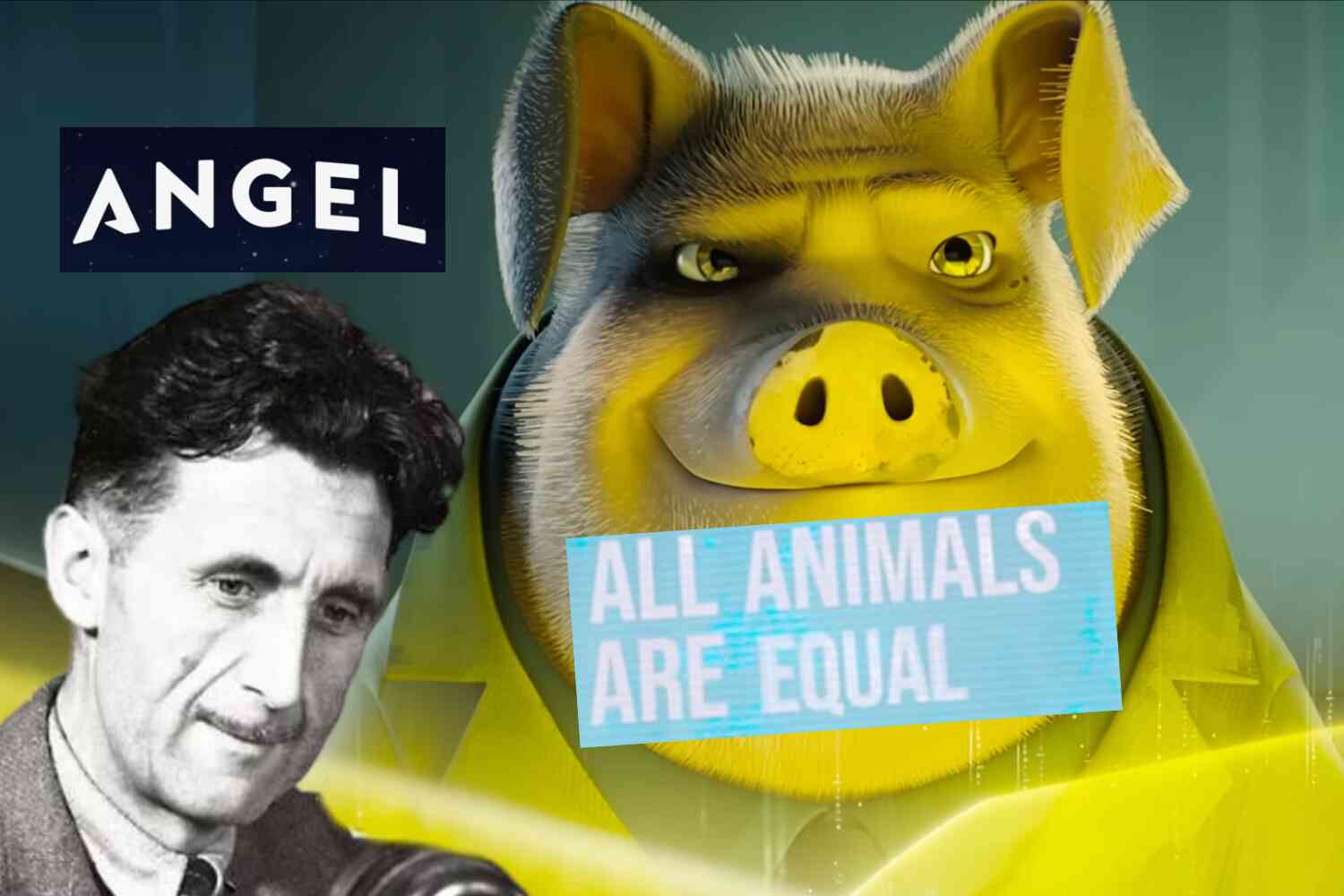Have you ever wondered what barbecued dodo bird tastes like? I mean, I haven't, but maybe you have. No judgments.
Anyway, it looks like at some point in the near future you might get your chance to find out:
US startup Colossal Biosciences, based in Dallas, Texas, has just revealed plans to 'de-extinct' the dodo more than 350 years after it was wiped out from the island of Mauritius in the 17th century.
Here's what the dodo looked like:
The company will inject $150 million (£121 million) into the new project, which will go hand-in-hand with previously announced ventures to bring back the extinct woolly mammoth and Tasmanian tiger.
I'm laying down a marker right now: These guys successfully clone all three of these animals, after which the Tasmanian tiger eats the dodo and the mammoth steps on the tiger.
It'll be an Ice Age trifecta!

Okay, I wouldn't really like to see it. And frankly I'm not sure it's all that wise to be cloning anything back from the dead. Look, they did make some good points about it in Jurassic Park. It just feels risky.
To achieve the feat, scientists first had to sequence the dodo's entire genome from bone specimens and other fragments, which has now been done.
Next, they will have to gene-edit the skin cell of a close living relative, which in the dodo's case is the Nicobar pigeon, so that its genome matches that of the extinct bird.
This genetically-altered cell then has to be used to create an embryo – in the same way as Dolly the Sheep in 1996 – and brought to term in a living surrogate mother.
It definitely does feel like we're just a few decades off from cloning dinosaurs.
As an aside, here's a great little historical tidbit about this bird:
The dodo gets its name from the Portuguese word for 'fool', after colonialists mocked its apparent lack of fear of human hunters









